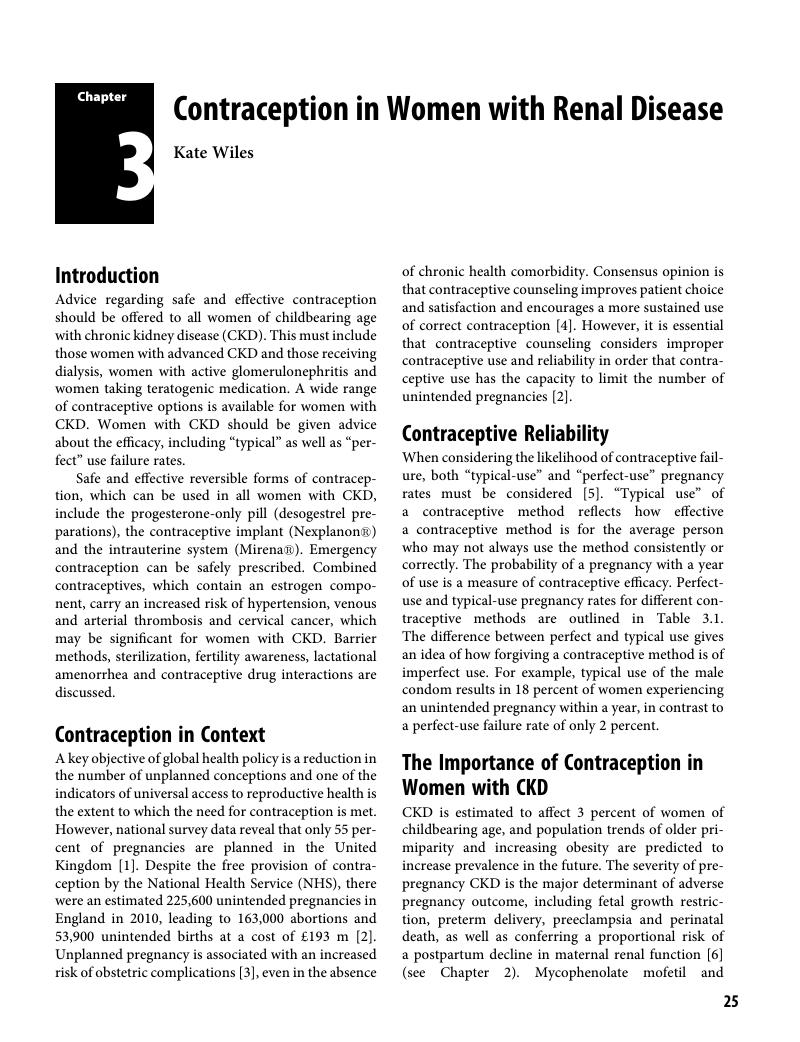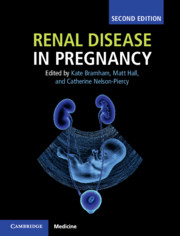Book contents
- Renal Disease in Pregnancy
- Renal Disease in Pregnancy
- Copyright page
- Contents
- Contributors
- Preface
- Section 1 Physiology
- Section 2 Prepregnancy Care
- Chapter 2 Prepregnancy Counseling and Risk Assessment
- Chapter 3 Contraception in Women with Renal Disease
- Chapter 4 Assisted Reproduction in Women with Renal Disease
- Section 3 Antenatal Care
- Section 4 Postpartum
- Section 5 Special Conditions
- Section 6 Acute Kidney Injury
- Appendix: Consensus Statements 2017
- Index
- References
Chapter 3 - Contraception in Women with Renal Disease
from Section 2 - Prepregnancy Care
Published online by Cambridge University Press: 19 May 2018
- Renal Disease in Pregnancy
- Renal Disease in Pregnancy
- Copyright page
- Contents
- Contributors
- Preface
- Section 1 Physiology
- Section 2 Prepregnancy Care
- Chapter 2 Prepregnancy Counseling and Risk Assessment
- Chapter 3 Contraception in Women with Renal Disease
- Chapter 4 Assisted Reproduction in Women with Renal Disease
- Section 3 Antenatal Care
- Section 4 Postpartum
- Section 5 Special Conditions
- Section 6 Acute Kidney Injury
- Appendix: Consensus Statements 2017
- Index
- References
Summary

- Type
- Chapter
- Information
- Renal Disease in Pregnancy , pp. 25 - 36Publisher: Cambridge University PressPrint publication year: 2018



